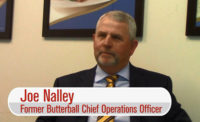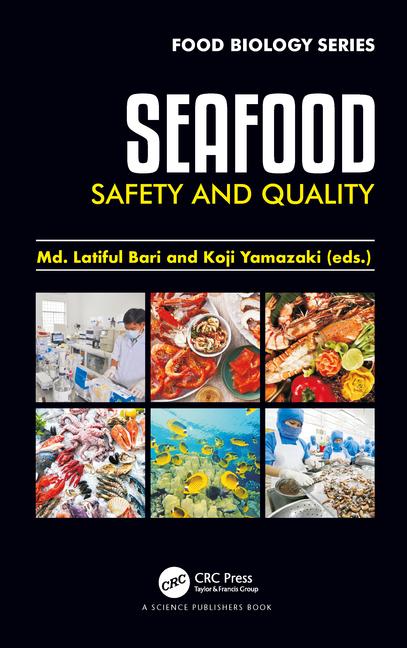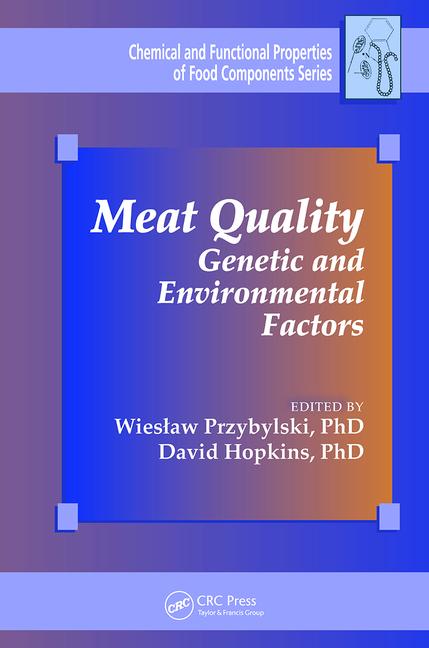Former Butterball COO Joe Nalley spoke with The National Provisioner editor-in-chief Andy Hanacek as he retires after 46 years about a variety of topics in the industry. Watch all videos here. In the third part of the series, Nalley discusses how the industry has improved overall quality by engaging the entire company and how understanding what “quality” means is key to meeting consumer demands.
Andy Hanacek: Joe, thank you again for joining me talking here about a couple of topics on where the industry has been and where it is headed or where it has gone over the years here at the start of your retirement after 46 years. Let’s talk a little bit about your perspective on how the industry has improved the overall quality of the final product in the sense of managing variation, defining and implementing best practices for all segments. You have a little insight on how quality has matured and evolved over time.
Joe Nalley: The thing I remember the most about the quality process is probably in the late 80s I was with Excel Corporation at that time, and we went through a training program that was Phil Crosby Quality Improvement Process. The whole company went through it, and I think a lot of other companies were doing the same thing, but what we learned and understood was to begin with it is everybody’s job not just the Quality Department’s job. The fact of the matter is we all learned that you can’t inspect quality in. It has to be part of the process. One of the keys we learned was that you have to define quality. What does quality really mean? What it means is you are meeting the customer’s requirements. Just an example for that, a simple example, if I just want a pen to write with, then maybe a dollar BIC pen works just fine. If I want something to look a little flashier or something, maybe I want a more expensive pen. They both will write. It just depends on what do I want. We’ve learned through the years, although we continue to relearn it all, you really have to understand what the customer is looking for. What do they want? Because if you make a product too good, then either you’re not costing it properly or you’re costing it high enough that the customer doesn’t want it. Having everyone work together as a team, I can absolutely remember the days when Quality Assurance was seen as the policemen out there just waiting to catch you doing something wrong. You were leaving too much fat here or doing this or doing that. That’s not the way it is supposed to work. At the end of the day, we have to give the customer what he wants and everybody has to work together, but first you have to understand what that is.
Hanacek: That’s interesting too. I was just having a conversation with another processor about the whole antibiotic-free, natural, and organic, and I was telling them, “I think sometimes the industry forgets—not outright forgets—gets into this whole antibiotic-free or organic train of thought if you will and doesn’t remember the inner city or the rural America family that can’t afford that kind of premium product, and they need to have that good, better, best positioning and still product quality.
Nalley: That’s a very good comment that you make. I think we all have to keep in mind, sure, there is a niche market or maybe it is bigger than a niche market now for antibiotic-free or never-ever antibiotics, whatever the terminology is, but there is a hungry world out there, and we have to find ways to feed that world economically. It’s an absolute sin that people in the U.S., kids would go to bed hungry. I’m not a world traveler these days, but I understand there are a lot of people in the world that are actually starving to death. There is no reason for that. We can do better than that. They need good quality products that meet their requirements, and if this industry can give that to them, that’s important as we go forward.
Check out the rest of our video series with former Butterball COO Joe Nalley!




Report Abusive Comment